By Bruce Doorly

Jacob was a member of a prominent extended Bridgewater family that had multiple residences along Foothill Road. During World War II five Kopf men from Bridgewater would serve their country. The only other family name found more often among Bridgewater’s World War II Honor Roll was Mancini. (The Mancini family of the Bradley Gardens section of Bridgewater had seven brothers serving in the war.)
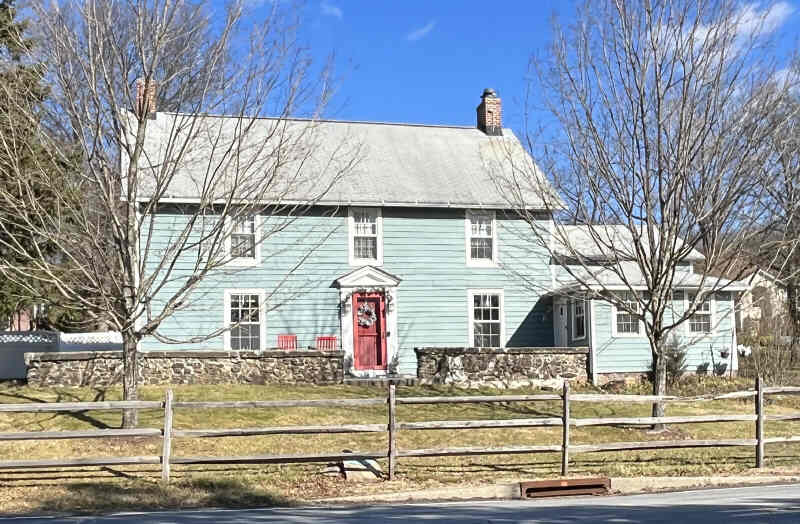
During World War II the Kopf family owned what today we know as the historic “Jacob Vosseller House” on Foothill Road in Bridgewater. (The house is marked with a sign out front.) Initially built around 1753 the historical home would have a farm that over time would extend to fifty acres.
On the property once was a blacksmith shop, carriage house, barn, chicken coop and turkey coop. In its early years the building was both a store and a tavern. Around 1838 it was no longer used as a tavern, but a residence for the Allen family. In 1908, with the death of John Allen, the home and farm passed to Phoebe (Helena) Allen Kopf, who had married into the Kopf family. In the upcoming decades the Kopf family used it primarily as a dairy farm. They also divided the land into various lots to build homes for family members. Thus, there came to be many Kopf families living in Bridgewater.
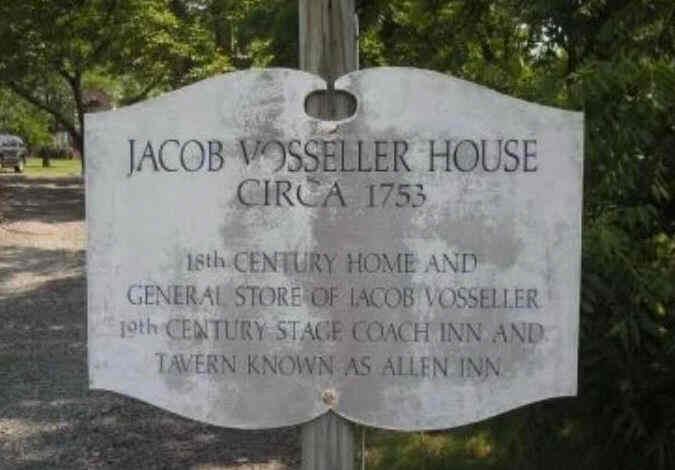
Jacob, the youngest of eight children, was born in 1908. Professionally he was a plumber at Elling Brothers of Somerville.
Socially he was the scoutmaster of Green Knoll Boy Scout Troop 88. They were a busy troop which received newspaper coverage for their vast community service. Due to his leadership, he was presented with the prestigious “scoutmaster key”. He must have inspired the scouts, because after his departure for the Navy, his troop, in April of 1944, sponsored an Honor Roll display on the grounds of the Green Knoll School that listed 100 names of the men and women from the Green Knoll section of Bridgewater who were serving in the war.

Sometime during breaks in military service, he married Hazel Kellam of Readington.
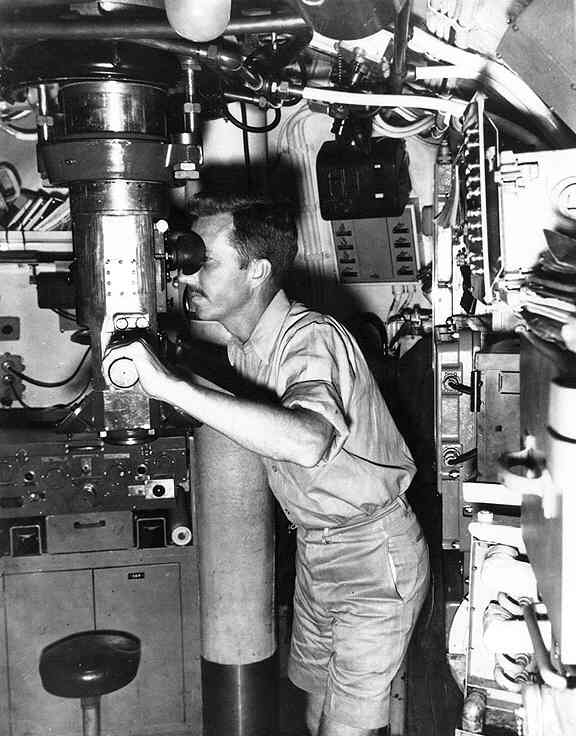
The submarine to which Jacob was assigned was the USS Bullhead. It was a brand-new sub having just been launched in July of 1944. Submarines get shortchanged in World War II history. This is perhaps because their successful attacks were on just one ship at a time rather than headline grabbing big battles such as Iwo Jima, Guadalcanal, and D-Day. Another contributing factor was that during the war submarine whereabouts and travels were top secret. In the Pacific Ocean US submarines are credited with causing tremendous shortages of materials and food through the sinking of Japanese supply ships. This crippled the Japanese war production and economy.
But it came at a high price for the Americans as 13% of the sailors who served aboard a submarine lost their life.
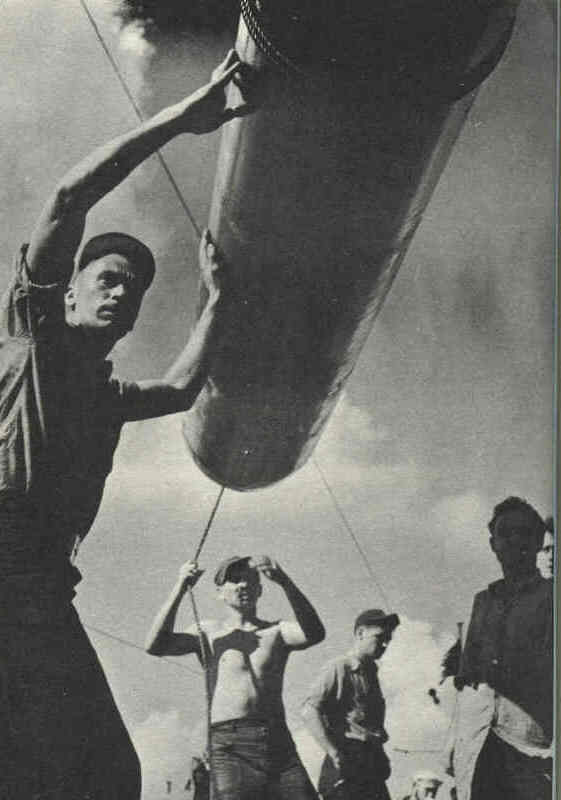
The Bullhead was 311 feet in length and 27 feet wide. It was capable of firing torpedoes from the front or the back. Twenty-four torpedoes could be loaded on the sub. They also had four heavy guns permanently mounted on the deck. When surfaced these could fire a good distance and had the power to sink a small ship.
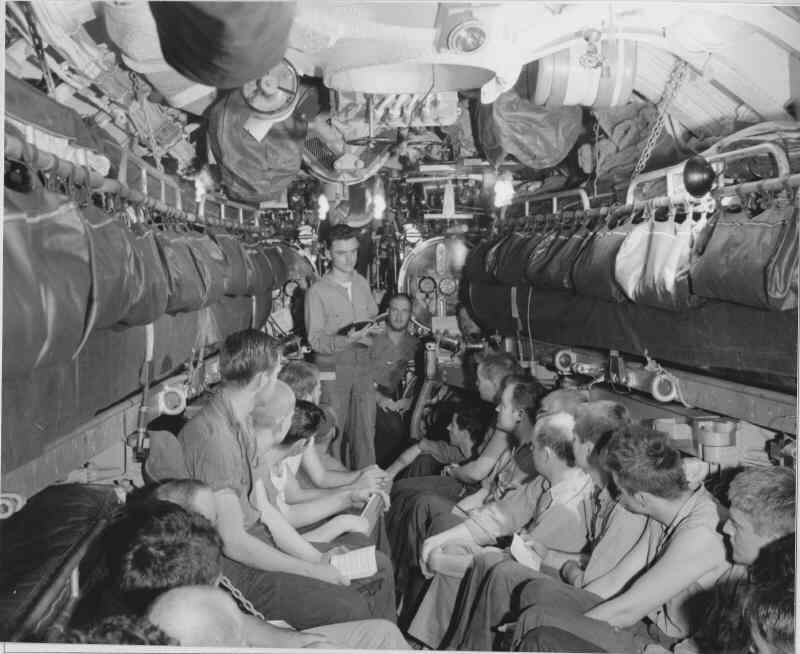
Only those totally healthy were allowed on submarine duty. There were not many injuries on a sub. But if a sub got hit under water all personnel could be lost.

Their duties consist of the routine maintenance, testing, operation, and even repair of electrical equipment.

All patrols were in the Pacific against the Japanese. Subs usually stayed out about ten weeks before they and the crew needed maintenance, restocking and rest.
The first patrol was March 21st – April 28th. On that patrol a war correspondent, Martin Sheridan, traveled with them. He was the only reporter to be allowed on a sub during World War II. A highlight of this patrol was the dangerous rescue of three downed airmen from a B29 that had been shot down. During this patrol they experienced close calls as they were bombed by both the Japanese and accidentally by the U.S Air Force.

After the second patrol, Jacob had leave in Australia, and would write his wife three letters. It would be the last she heard from him.

The Bullhead along with its 81 sailors, including Jacob Kopf of Bridgewater, would perish.


Today there are three Memorials that list the names of the crew on the USS Bullhead. One is in Groton, Connecticut, and another in Australia. The third Memorial is a park in Albuquerque, New Mexico, that is dedicated to the USS Bullhead. It is called USS Bullhead Memorial Park.

“Overdue and Presumed Lost – The Story of the USS Bullhead” .
It is available at Amazon.